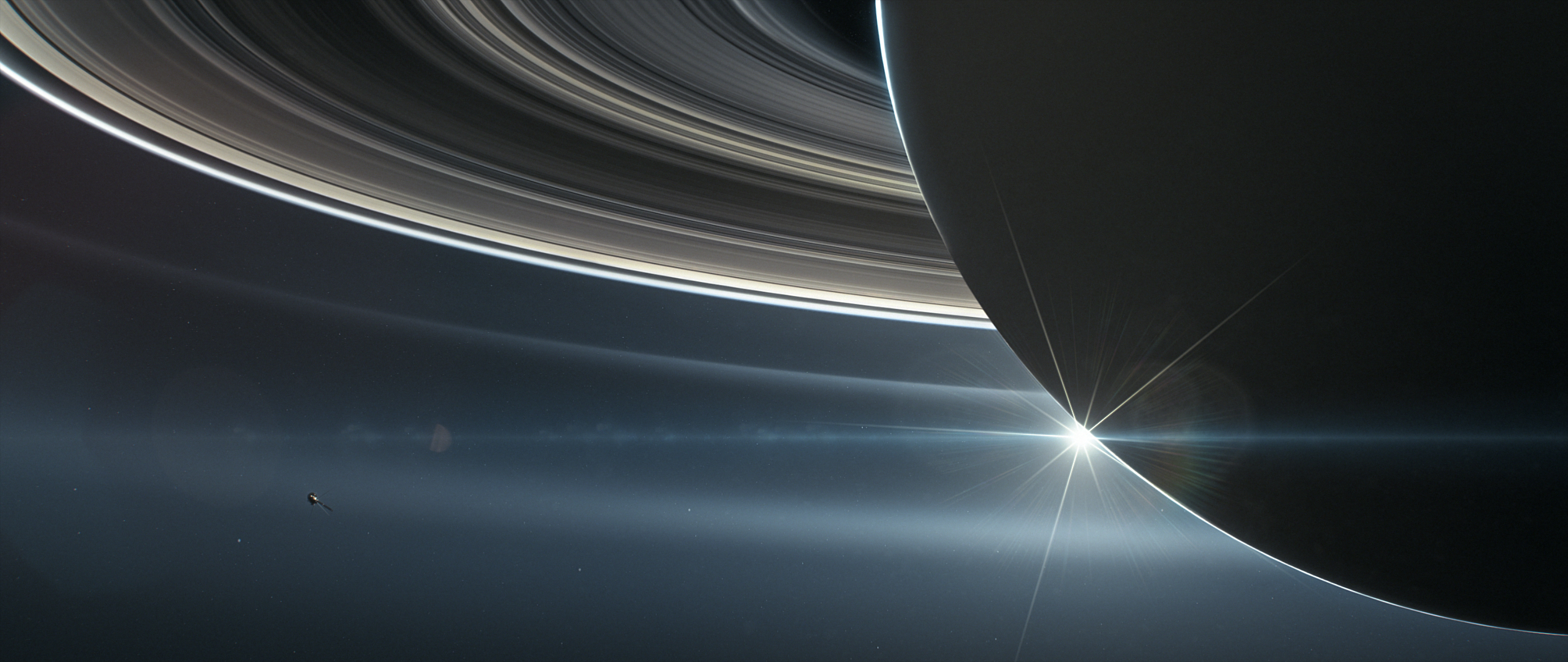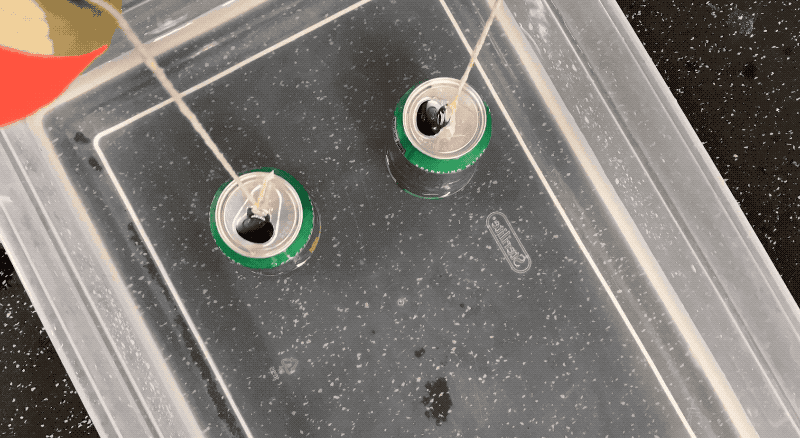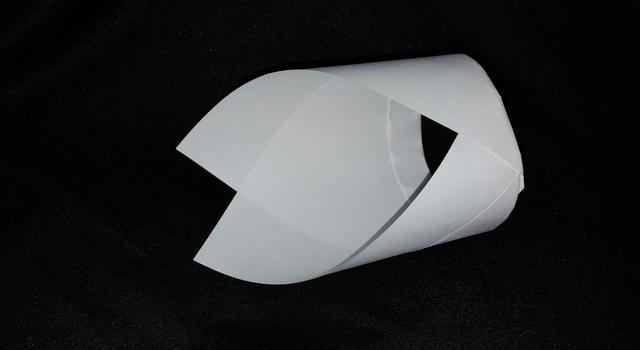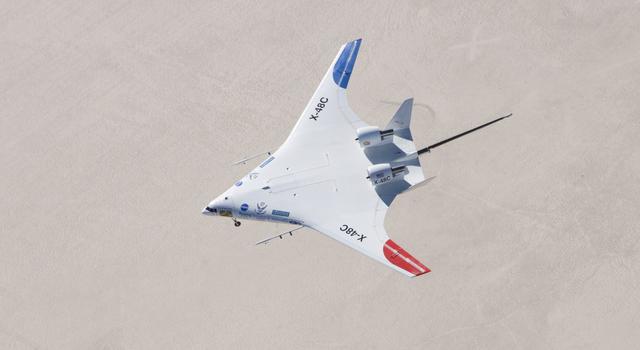Classroom Activity
The Ring Wing Glider
Overview
Students will use engineering design principles to turn a piece of paper into an experimental wing for a new type of aircraft designed to be more economical and efficient than today's airliners.Materials
Background
NASA’s Aeronautics Research Mission Directorate is developing technologies that will make aircraft more economical and efficient than today’s airliners. Aeronautics research takes on many forms, including researching various wing shapes and configurations. One revolutionary flying wing configuration, called the Blended Wing Body, or BWB, has a thick, airfoil-shaped fuselage section that combines the engines, wings and body into a single lifting surface. The BWB can carry as many as 800 passengers over 7,000 miles at an approximate cruise speed of 560 mph. Compared with today’s airliners, it would reduce fuel consumption, harmful emissions, operating costs and noise levels. Another research concept for personal aircraft utilizes ring wing technology, allowing aircraft to take off and land in a variety of locations.
Airplanes of the future may look very different from those of today. NASA is developing high-payoff technologies for a new generation of safe, environmentally compatible, and highly productive aircraft. One such idea is NASA's Limited Dual-Mode One-Person Commuter Concept Vehicle, which features a ring-wing lifting body concept.
Procedures
- Fold a piece of 8.5- x 11-inch paper diagonally as shown in diagram 1.
- Make a 1/2-inch fold along the previously folded edge.
- Make a second 1/2-inch fold.
- Curl the ends of the paper to make a ring and tuck one end into the fold of the other.
- Gently grasp the “V” between the two “crown points” with your thumb and index finger.
- Toss the glider lightly forward. Note: The folds in the paper make the airplane’s front end heavy and the back end light. Curling the ends to make a ring changes the shape of the wing and improves the wing’s flight performance.
Discussion
- What did you notice about the flight of your aircraft? Does it repeat the pattern each time you fly it?
- Make one change to your aircraft to enable a change in flight, then fly your aircraft several times. How did the flight characteristics change with your wing change? What is the cause-effect relationship between your change and the flight change?
- Decide, as a class, what constitutes the "best" flight. Is it distance? Hang time? Loops? Once criteria is determined, embark on creating the best ring wing glider you can.
Extensions
- Measure the diameter of your ring-wing glider and measure the average linear distance it will fly (3 trials). Then create a second glider with a smaller or larger diameter and measure the average linear distance it will fly. Does diameter influence linear distance flown?
- Investigate other variables by keeping an engineering log of your changes and quantify your changes by measuring them. Only change one variable at a time. Try different sizes and weights of paper, or vary the folds.









